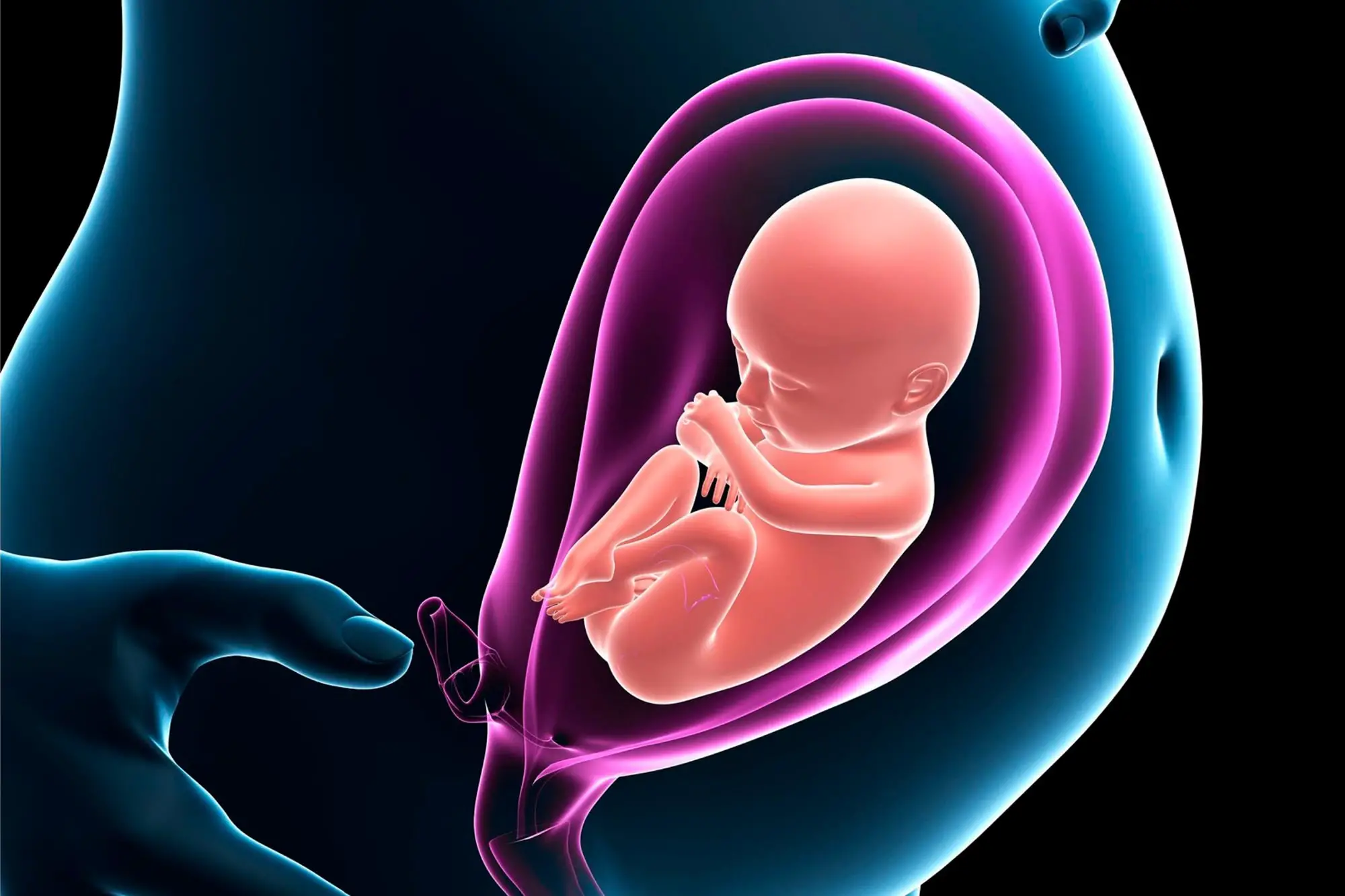Summary of Researchers Identify Potential Cellular Origin of Gestational Iron Deficiency Impairments:
Researchers have identified a potential cellular source for the impairments related to gestational iron deficiency (GID). This condition can lead to various impairments, including an increased risk of preterm delivery, low birth weight, and developmental delays in the baby. The laboratory of Margot Mayer-Proschel at the University of Rochester Medical Center has identified a new embryonic neuronal progenitor cell target for GID, which could connect GID to cognitive impairments such as autism, attention deficit syndrome, and learning disabilities in children. The researchers found that GID affects embryonic progenitor cells that divide, migrate, and mature into neurons that populate the developing cerebral cortex, causing the creation of a suboptimal network of specialized neurons later in life. By establishing a human model of iron deficiency using brain organoids, the researchers aim to determine the relevance of their findings in mouse models for the human system and find new cellular targets for GID that are not present in mouse models.
*****
Potential Cellular Source for Cognitive Impairments Linked to Gestational Iron Deficiency Identified by Researchers
Introduction:
Gestational iron deficiency (GID) is widespread among pregnant women and young children. Numerous studies have shown a connection between low iron levels in expectant mothers and an increased risk of cognitive impairments like autism, attention deficit syndrome, and learning disabilities in their children. However, the mechanisms by which GID contributes to cognitive impairment are not fully understood.
Identifying the cellular origin of the impairment:
Researchers from the University of Rochester Medical Center have made significant progress in finding the cellular basis of the cognitive impairments related to GID. Their latest study, published in Development, describes how the researchers identified a new embryonic neuronal progenitor cell target for GID.
The importance of neuronal progenitor cells:
During human brain development, a network of cells begins to organize, which plays a crucial role in determining brain health throughout a person’s life. These cells are called neuronal progenitor cells responsible for dividing and forming different types of neurons, including interneurons.
Connection to interneurons:
The research team found that GID disrupts the behavior of embryonic neural progenitor cells. As a result, the Development of interneurons in a specific region of the embryonic brain called the medial ganglionic eminence is affected. Interneurons help control the balance of excitation and inhibition, which ensures that the mature brain can respond appropriately to incoming signals.
Early correlation:
The researchers also discovered that the cellular change correlated with GID happens in early utero in mice. This is significant because translating the timeline to humans would put it in the first three months of gestation before many women know they are pregnant.
Moving Closer to Humans:
To create a human model of iron deficiency, Neuroscience graduate student Garrick Salois, who was part of the Mayer-Proschel lab, is establishing a human brain organoid. These “mini-brains” can mimic the Development of the neuronal progenitor cells that GID targets in mice.
Implications for healthcare recommendations:
The findings from this study could lead to changes in healthcare recommendations and potential targets for future therapies. Margot Mayer-Proschel, Ph.D., a professor of Biomedical Genetics and Neuroscience at the University of Rochester Medical Center, stated that “understanding cellular targets of this prevalent nutritional deficiency will be imperative to take the necessary steps to make changes to how we think of maternal health.”
Conclusion:
The research conducted by the University of Rochester Medical Center sheds light on the cellular source of cognitive impairments linked to GID. Identifying these neuronal progenitor cells will allow researchers to develop therapies that target the specific cells affected by GID, potentially improving maternal and fetal health outcomes.


Comments are closed